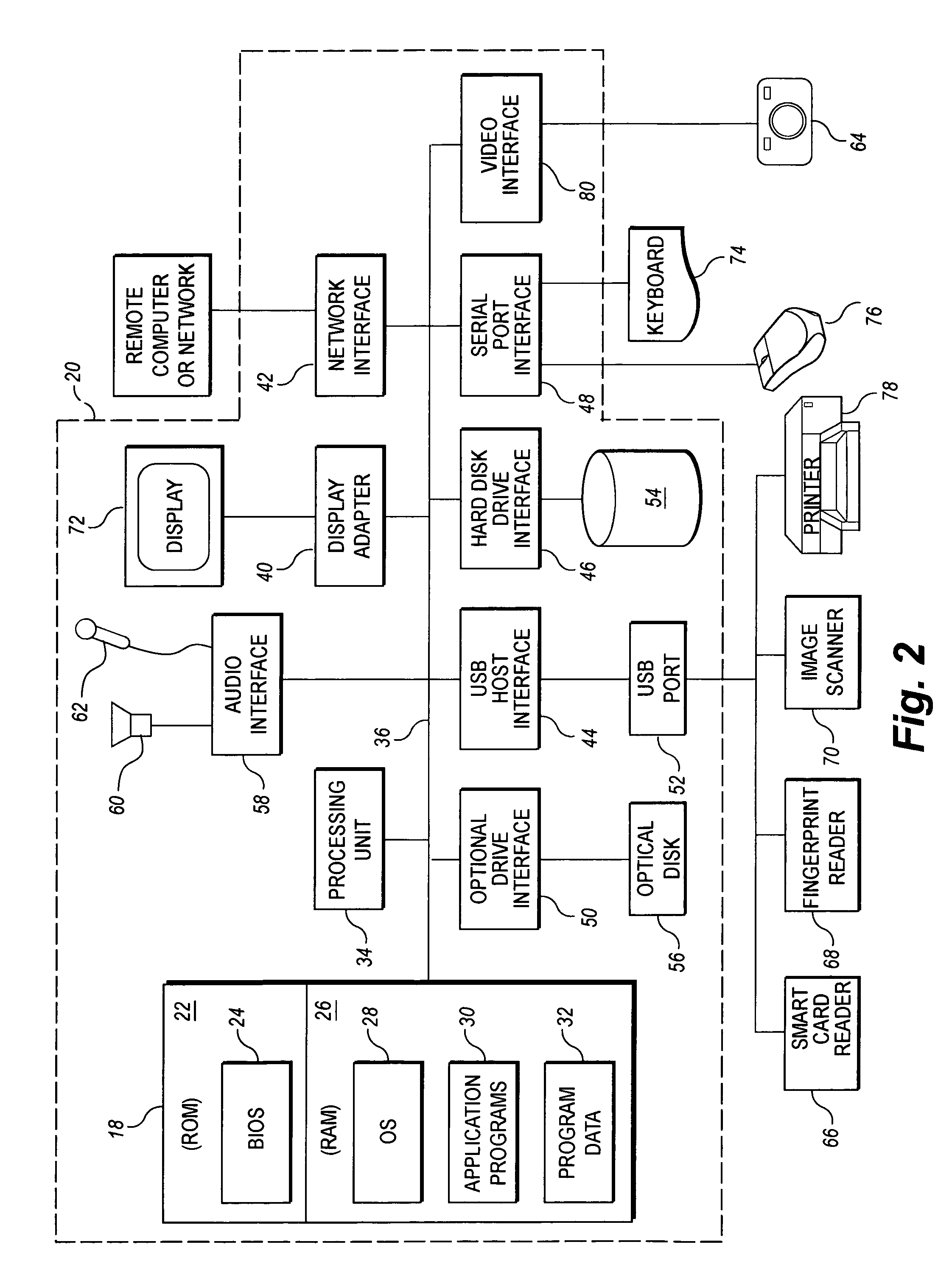Psycho/physiological deception detection system and method for controlled substance surveillance
- Summary
- Abstract
- Description
- Claims
- Application Information
AI Technical Summary
Benefits of technology
Problems solved by technology
Method used
Image
Examples
Embodiment Construction
[0033] The present invention is a system and method for assessing the suitability of a patient to receive a controlled substance medication for the purpose of treating pain suffered by the patient by conducting a patient interview, assessing the patients responses, either live during the interview or off-site, including detecting and assessing attempts by the patient to provide deceptive responses during the interview and correlating the interview information with other relevant information. The method includes the employment of psycho / physiological deception detection surveillance (PDDS) tools to detect deceptive responses. As part of the method, an assessment report is generated for use in making a decision to prescribe or not to prescribe controlled substance medications to the patient.
[0034] An embodiment of an exemplary system for assessing the suitability of a patient to receive a controlled substance medication is illustrated in FIG. 1. The system includes a computerized int...
PUM
 Login to View More
Login to View More Abstract
Description
Claims
Application Information
 Login to View More
Login to View More - R&D
- Intellectual Property
- Life Sciences
- Materials
- Tech Scout
- Unparalleled Data Quality
- Higher Quality Content
- 60% Fewer Hallucinations
Browse by: Latest US Patents, China's latest patents, Technical Efficacy Thesaurus, Application Domain, Technology Topic, Popular Technical Reports.
© 2025 PatSnap. All rights reserved.Legal|Privacy policy|Modern Slavery Act Transparency Statement|Sitemap|About US| Contact US: help@patsnap.com



